Proxmox Ebook Free Download for Home Labs
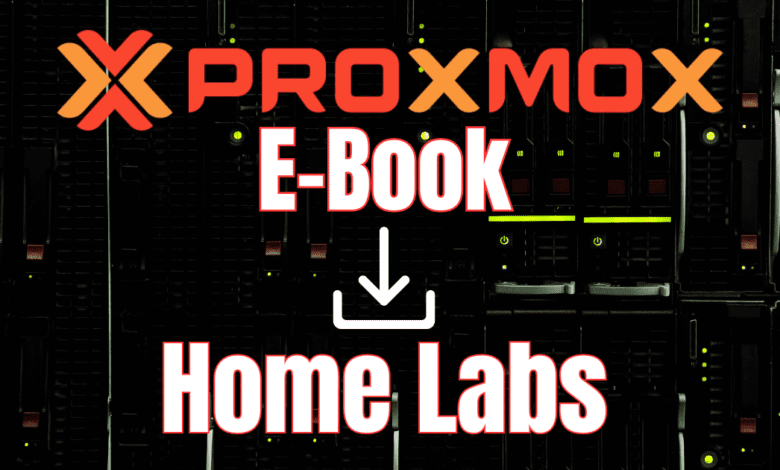
I have been writing a lot about Proxmox VE over the past couple of years and working with it in the home lab. It is a great free and open-source hypervisor with many features that home labbers can use to run self-hosted services, learn, and experiment with their home server. I have compiled a Proxmox ebook of documentation containing my journey with the Proxmox platform to provide a tutorial for various concepts in the home lab. I know many individuals, cloud service provider companies, and organizations alike are looking at an alternative hypervisor strategy in 2024.
Table of contents

What’s included in the Proxmox Ebook?
While I don’t consider myself an expert in Proxmox, I have compiled a series of posts that covered many different topics and my experience with Proxmox VE Server administration and setups, into a Proxmox Ebook from my testing in the home lab. Since I think many will be coming from running VM configurations (Windows application workloads, Linux, containers) on platforms like VMware vSphere virtual environments, I have compiled the posts in a series of steps that take you from running Proxmox VE server inside a nested ESXi virtual machine to begin, full circle to finally installing ESXi as a nested virtual machine inside of Proxmox. Administrators and IT professionals skills with Proxmox will improve with the topics covered in the ebook.
Transitioning from VMware
The process to manage kvm virtual machines on the Proxmox VE hypervisor isn’t that much different than managing virtual machines on a VMware vSphere virtual environment. The Proxmox GUI is intuitive when managing your Proxmox node or Proxmox cluster. However, mastering Proxmox for server virtualization depends on understanding the basics, as it does with VMware vSphere or any other technology.
Basic installation, nested environments, containers
In the Proxmox ebook for home lab, we will explore Proxmox from making Proxmox work from a basic perspective, including advanced installation features and nested installations. We will see how to properly update your PVE Server when you want to use the “no subscription” repositories. We will dive deeper into Linux containers and how to deploy Linux containers fast with the LXC container and other tools Proxmox under the hood has available.
Networking concepts
I have included what I think will be a helpful guide describing Proxmox networking for VMware vSphere admins. This topic allows those who are familiar with VMware vSphere networking backing virtual networks to an easier migration to Proxmox VE networking concepts and how these relate to one another.
Things like VLANs, port groups, vSwitches, and other components will be discussed from the context of Proxmox and knowledge that vSphere admins already have. The structure of the network in Proxmox is a bit different but easy to understand. Hopefully, any questions you may have about how Proxmox networking relates to vSphere networking will be answered.
Clustering
After mastering a single Proxmox system, we will look at configuring minimal downtime with the high availability features introduced in Proxmox clustering with multiple nodes for production environments and those that want to experiment with those in a lab environment. These new high-availability features make Proxmox VE cluster members work to safeguard your workloads when disaster strikes.
Storage
Proxmox can use various storage systems with enterprise-class features, including traditional iSCSI and NFS, as well as HCI storage with Ceph and CephFS. We will look at real-world examples of how to configure these in the home lab for big data storage. We also look at troubleshooting storage issues and approach best practices around the Ceph HCI storage system, an aspect of IT support you need to understand if running Ceph.
Monitoring
We will even examine a section on monitoring Proxmox using a free and open-source solution comprised of InfluxDB and Grafana. This provides a great platform for monitoring performance, security, software, resource consumption, and other information.
What you will learn
The ebook contains the following resources.
Title: “Proxmox Home Lab Guide 2024“.
Description:
This Proxmox home lab e-book contains a compilation of posts I have created in working with Proxmox in the home lab. While not an exhaustive guide to Proxmox, the posts compiled in this guide cover the basic installation and configuration of Proxmox, including networking, storage, security, monitoring, and other topics. I have also included a section on installing pfSense on Proxmox and other specialized lab scenarios. Since many will be coming from a VMware vSphere background, the guide starts from installing Proxmox in a nested environment running on VMware vSphere. We conclude coming full circle by installing nested ESXi inside of Proxmox.
- Installing Proxmox in a VMware nested virtual machine
- Proxmox 8.1 new features
- Upgrading a Proxmox host to version 8.1
- Proxmox Networking for vSphere admins
- Proxmox updates and changing to the no subscription repos
- Proxmox VLAN configuration
- Proxmox management interface config
- Creating ISO storage in Proxmox
- Creating an iSCSI LUN with a Synology NAS
- Adding disk space using NVMe
- Cluster installation and configuration
- Ceph storage
- CephFS
- Creating HA virtual machines
- Firewall setup and config
- Proxmox containers vs VMs
- Creating containers with Fedora CoreOS
- Proxmox helper scripts
- Proxmox scripts with PowerShell, Ansible, and Terraform
- Proxmox Backup Server
- Proxmox SDN configuration
- Installing pfSense in Proxmox
- Nested ESXi install in Proxmox
Download the Proxmox Ebook
The PDF e-book is free to download and access. Just Sign up for VirtualizationHowto to get notified of new posts from the site and access the download.
Download the Proxmox Home Lab Guide 2024




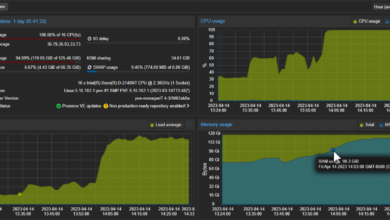
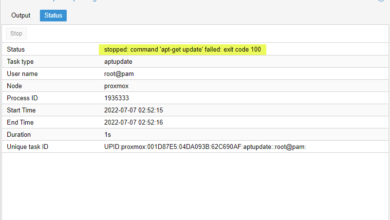
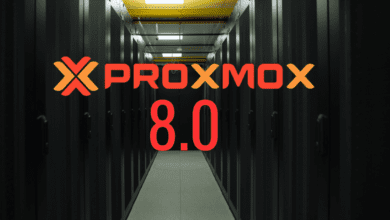
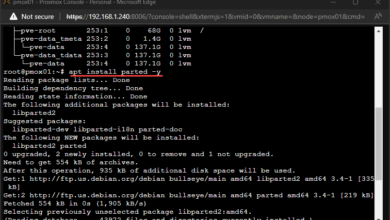


The book is great, but the quality of images is too poor. Can you please fix this one day? Thanks!
RocketSam,
I really appreciate the comment and feedback. Will definitely work on this for the next revision. Thanks again and glad you like the book!
Brandon
This is WONDERFUL as I was just given 2 intel servers so I am setting up my own data center for our community and my family Books and services. I was recommended to use proxmox ve by an online acquaintance and I can see my dreams coming true, one hurdle at a time. Long ago I used MicroWare OS-9 for the motorola 6809e and back then I saw the benefit , Keep up the great work.
Leon, thank you for the comment! So glad this is a good resource for you and hoping others in the community will find it helpful as well. Do keep us posted on your upcoming projects via forum post, etc.
Thanks again!
Brandon
The content is great man!!!!! But the images, the graphic design, the way to present the info and the book design really sucks… is very difficult to follow each process because you are using too big images (in an awful quality, by the way) => few text per page. It looks like a power point presentation, not like a well presented book, man.
Alex,
Thank you for the feedback on the content of the e-book. I am glad you found the information helpful. Points noted about the images and quality of the images. I will work on this as this is my first foray into e-books. Thanks again.
Brandon
Is this link/eBook now dead?
download link is dead. please reupload
Second this, I am currently getting 404
Yes, the download link is still broken…